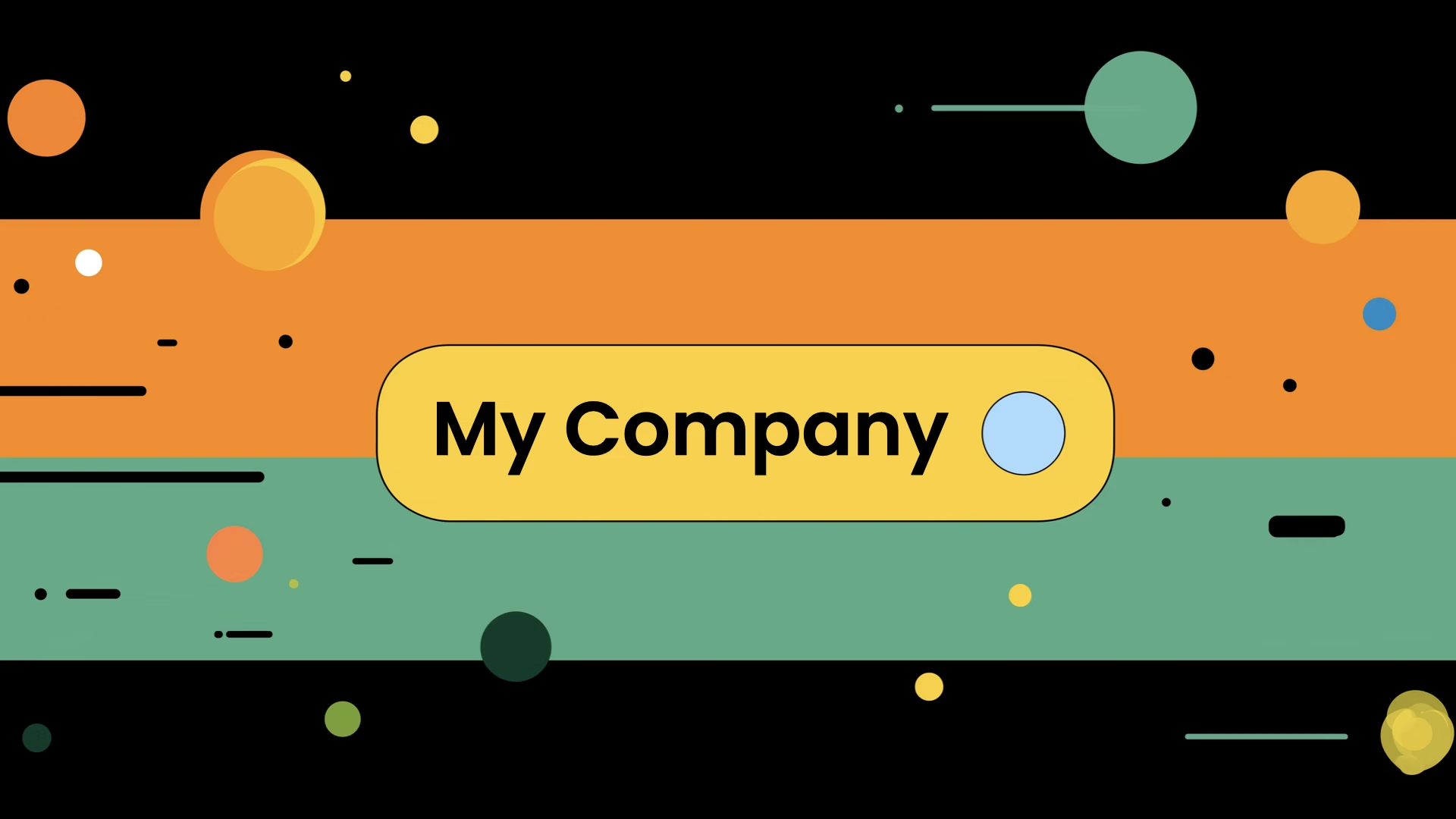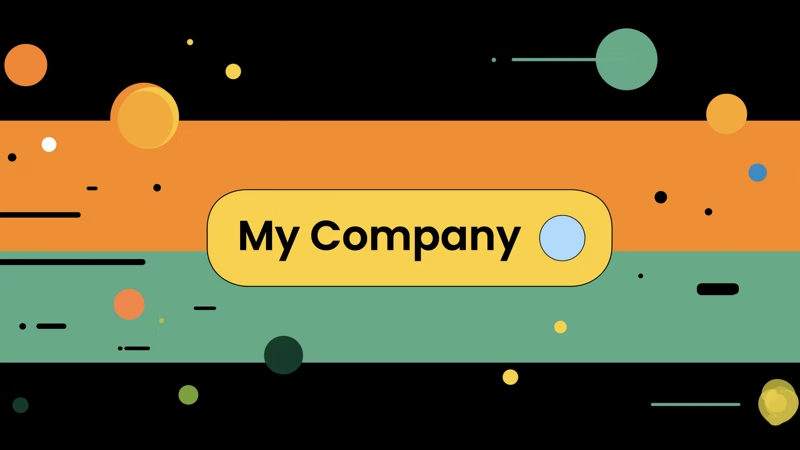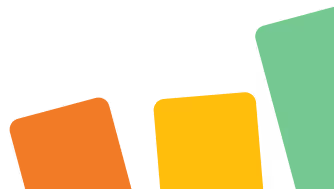Digital products with emotional design

Why do some digital products make you feel good – and others like 💩?
Ok, so you're opening a new app and feeling instantly great. Like for example our game Sushi Surf. Or our European Ayurveda app, if you are in a german speaking country. Or any of these. You're having fun, the colours soothe you, the buttons respond just right, you smile without even noticing. That was the case for one of our brand design builders, who once described using her favourite app (not one of ours – what.) as “like a warm cup of tea for my brain.” (Yes, she's English; but other than that:) Why? Because the product didn’t just work – it felt right.
Surprisingly, studies have shown that users decide whether they like a product within 50 milliseconds of seeing it. PLease don't ask me to quote these studies. Just ask Claude yourself if you don't believe me. Anyway: That snap judgement, researchers say, isn’t based on logic – it’s driven by emotion. So how do we create digital products that spark joy, trust and loyalty?
In this article, we’ll explore how emotional design shapes user experience – and why making people feel something is just as important as helping them do something. We’ll break down the three levels of emotional design, offer strategies to create more emotionally resonant experiences, and highlight common mistakes to avoid. Along the way, we’ll also look ahead at the future of emotional design and what you can do right now to build products users love.
so what is emotional design?
Emotional design is all about shaping digital experiences that connect with users on a deeper level. It’s not just about whether a product works – it’s about how it feels to use.
Done well, emotional design strengthens user loyalty, improves satisfaction, and turns a functional tool into something people genuinely enjoy. It operates on three levels:
the 3 levels of emotional design
1. visceral design – that first emotional hit
This is your product’s first impression. Visceral design is all about the look and feel – the things users notice in a split second.
- clean, attractive layouts
- well-chosen colour palettes
- strong visual hierarchy
- appealing typography and readability
Beautiful imagery, subtle animations and thoughtful design choices can instantly tell users: you’re in the right place.
2. behavioural design – how it works when it matters
This is where design meets function. Behavioural design is about how well your product helps users achieve their goals – with minimal friction and maximum satisfaction.
- intuitive navigation
- responsive performance
- clear user flows
- meaningful feedback mechanisms
If visceral design is the welcome mat, behavioural design is the comfy couch inside. It’s what makes people stay.
3. reflective design – how it makes you feel about yourself
Reflective design is what lingers after the screen is off. It connects with users’ values, identity, and aspirations.
- brand storytelling that resonates
- features that acknowledge progress or achievement
- ways to share or connect socially
- experiences that feel culturally relevant
This is where emotional design turns a product into a part of someone’s life.
implementing emotional design
But good emotional design doesn’t happen by accident. It needs a strong foundation:
- your core product must be functional and secure
- usability and performance come first
- accessibility and inclusivity should be considered from the start
Once that’s in place, emotional design can shine through with strategies like:
- personalised experiences based on user behaviour
- animations and transitions that support interaction
- a consistent tone of voice across the brand
- thoughtful micro-interactions that reward action
measuring what matters – emotional impact
To know if your design hits home, track more than just clicks.
Try:
- satisfaction surveys that go beyond NPS
- emotional response tracking tools
- measuring retention and referrals
- monitoring brand sentiment and loyalty over time
don't do that
Don’t fall into the common traps:
- putting aesthetics before usability
- ignoring cultural and accessibility differences
- adding unnecessary animations that slow things down
- overcomplicating simple tasks
what’s next?
Emotional design is evolving fast. Emerging trends to watch include:
- AI that tailors emotional experiences to each user
- deeper, more fluid interactions across devices
- virtual and augmented realities that immerse users emotionally
- design practices that are more inclusive, by default
time to feel something
Emotional design is more than a nice-to-have – it’s the difference between products that work and products that wow. If You want to build something people love, start by asking: how do You want them to feel?
This week, try applying just one strategy from above – maybe it’s simplifying a user flow, or adding a meaningful micro-interaction.
5 questions, 5 answers on emotional design
1. what is the main goal of emotional design?
To create digital products that evoke positive emotions, leading to stronger user engagement and loyalty.
2. how does visceral design affect users?
It forms the first impression, often within milliseconds, and determines whether a user feels comfortable or curious enough to stay.
3. why is behavioural design important?
Because it ensures that the product works smoothly, helping users achieve their goals with ease and satisfaction.
4. how can reflective design influence long-term engagement?
By connecting to users’ self-image, values and cultural context, making the product feel meaningful in their lives.
5. what’s a common mistake in emotional design?
Focusing too much on visual appeal and forgetting functionality or accessibility – which can frustrate users instead of delighting them.










.avif)





